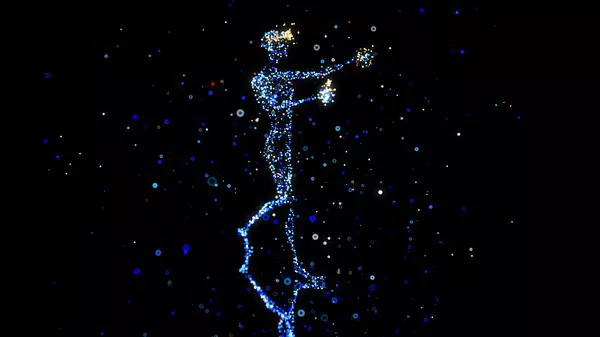Nvidia has unveiled a suite of new microservices designed to enhance the Universal Scene Description (OpenUSD) standard, signaling a renewed commitment to the metaverse and generative AI technologies.
On July 29, during the SIGGRAPH computer graphics conference, Nvidia introduced its latest generative AI models as Nvidia NIM microservices. These services are currently in preview, following their initial announcement at the GTC developer conference earlier this year.
Introducing NIM Microservices for OpenUSD
The new OpenUSD NIM microservices aim to streamline the development and deployment of custom applications within the OpenUSD framework. The offerings include:
USD Code NIM: Generates OpenUSD Python code and answers general queries related to USD.
USD Search NIM: Facilitates searching through extensive libraries of OpenUSD and image data using natural language or image-based queries.
USD Validate NIM: Ensures compatibility of uploaded files with specific USD release versions.
Upcoming services will include USD Layout NIM, USD SmartMaterial NIM, and fvDB Mesh Generation NIM, among others.
Nvidia’s Metaverse Ambitions
Despite the initial hype surrounding generative AI, the metaverse has yet to achieve widespread adoption, remaining largely within the realm of VR headsets and niche industrial applications like digital twins. Nvidia’s introduction of these microservices underscores its strategic focus on integrating generative AI with the metaverse.
Forrester analyst Charlie Dai highlighted that Nvidia’s Omniverse platform remains central to its strategy, facilitating the creation and interconnection of 3D virtual environments. The NIM microservices represent critical components of this vision.
“The introduction of these microservices signifies a major step in Nvidia’s journey to enhance the metaverse,” Dai noted.
Challenges and Future Prospects
One major hurdle for the metaverse is the lack of standardization in creating scalable, interoperable virtual environments. According to Constellation Research analyst Andy Thurai, this has complicated the adoption of USD as a universal format for 3D and metaverse data.
“Nvidia’s NIM microservices aim to address this challenge by integrating generative AI into diverse applications, including robotics, metaverse development, industrial design, and digital twins,” Thurai explained.
However, widespread adoption remains a significant challenge. Thurai warned that the varied and dispersed nature of industrial technologies and standards could hinder customer buy-in.
As generative AI’s adoption rate slows, Nvidia faces the risk of reduced market momentum. Thurai emphasized that staying ahead of market trends and continuing innovation will be crucial for Nvidia’s long-term success.
Partner Developments
In related news, Nvidia’s partner Getty Images also announced updates to its generative AI image models on July 29. Built on Nvidia’s Edify architecture, part of the Nvidia Picasso platform, these updates include improved image generation speeds, enhanced detail, extended prompt support, and increased control over output features like shot type and depth of field.
Nvidia also introduced fVDB, a deep learning framework for creating AI-ready virtual representations of real-world environments. Additionally, Hugging Face will now offer Developers Inference-as-a-Service, powered by Nvidia’s NIM technology.
Related topics:
BitcoinOS Achieves Milestone: Zero-Knowledge Proof Verifies on Bitcoin Mainnet
Breaking: Mt. Gox Moves $2.47 Billion in Bitcoin, Triggering Increased BTC Liquidations
XRP Healthcare Halts New XRPH Token Staking Amid Supply Concerns

















